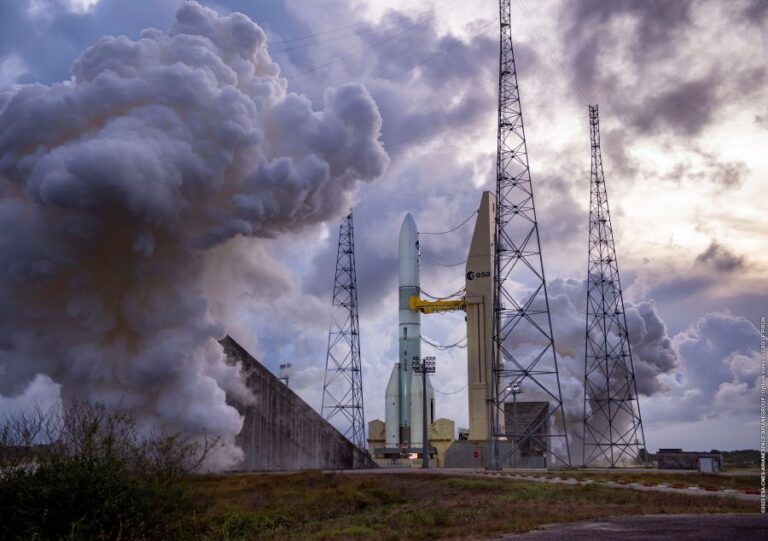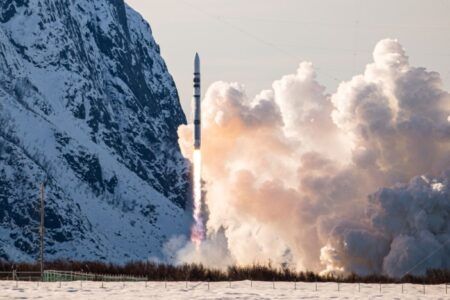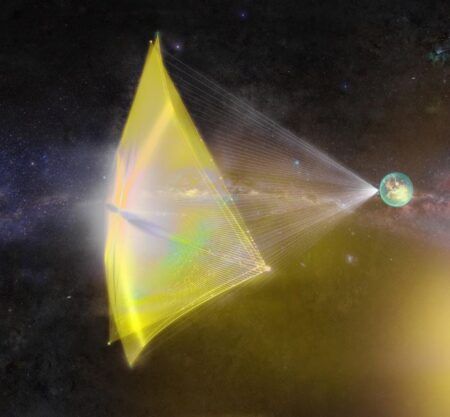The Ariane 6 launcher completed its long-duration hot-fire test on its launch pad at Europe’s Spaceport, French Guiana.
This hot-fire test last week is part of a combined tests campaign that simulates a complete launch sequence to validate the entire flight phase of Ariane 6’s core stage.
Once ignited, Ariane 6’s Vulcain 2.1 engine ran for more than seven minutes of stabilized operation.
The test is a crucial milestone in the qualification process of the launch system, which includes the launcher and the launch complex and area.
The first Ariane 6 rocket was expected to launch at the end of this year but is now planned for launch next year according to a LinkedIn post by Josef Aschbacher, director general of ESA published four months ago.
The test was run the same way as previous ones, with a launch sequence and final countdown representative of a launch, including removal of the mobile gantry and filling the launcher’s upper and core stage tanks with liquid hydrogen (-253° Celsius) and liquid oxygen (-183° Celsius). The test ended with the ignition of the core stage Vulcain 2.1 engine, followed by more than 7 minutes of stabilized operation covering the entire core stage flight phase.
The November test follows on from the initial integration of the Ariane 6 launcher on its launch pad, electrical and fluids functional qualification tests, and the first launch sequence tests carried out during July. The first countdown sequence rehearsal, covering preparation, fueling, and draining operations was carried out in September with an ignition and four-second stabilized operation of the core stage Vulcain 2.1 engine. During October a 30-hour-long launch sequence plus multiple qualification tests on several launch system functions were conducted.
The Ariane 6 upper stage has already been hot-fire tested on its inaugural flight mission profile by ArianeGroup, the German Space Agency DLR, and ESA on the test bench at the Lampoldshausen testing site, Germany in September.
Martin Sion, CEO of ArianeGroup said, “Ariane 6 now has a core stage and an upper stage which have undergone all testing necessary to be ready for the inaugural flight.
“On the final stretch towards the first flight, we still have to carry out a few additional tests to demonstrate fault tolerance, deliver the first launcher to Kourou, and perform the launch system qualification review.”





